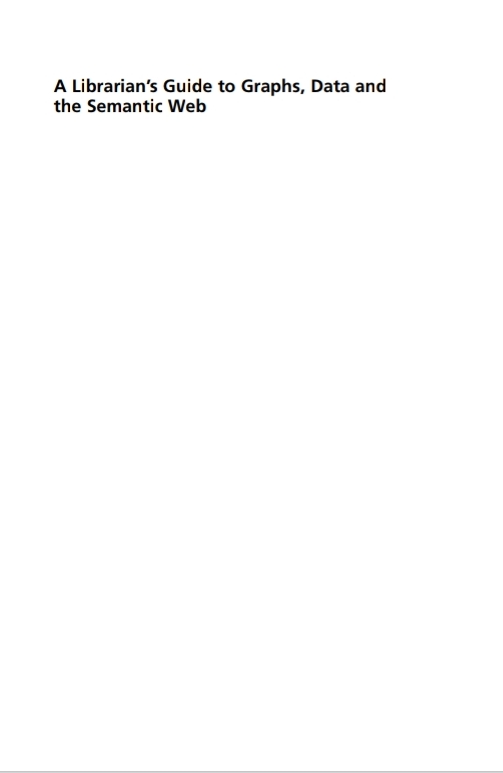

Most ebook files are in PDF format, so you can easily read them using various software such as Foxit Reader or directly on the Google Chrome browser.
Some ebook files are released by publishers in other formats such as .awz, .mobi, .epub, .fb2, etc. You may need to install specific software to read these formats on mobile/PC, such as Calibre.
Please read the tutorial at this link. https://ebooknice.com/page/post?id=faq
We offer FREE conversion to the popular formats you request; however, this may take some time. Therefore, right after payment, please email us, and we will try to provide the service as quickly as possible.
For some exceptional file formats or broken links (if any), please refrain from opening any disputes. Instead, email us first, and we will try to assist within a maximum of 6 hours.
EbookNice Team

Status:
Available4.8
29 reviews[From the Back Cover]
Graph theory has long been used in a variety of scientific disciplines to model social networks, food webs, biological activities at a cellular level, crystalline structures, molecules and countless other phenomena. In Complexity Science, graph theory is used to study many types of complex systems and their emergent properties. The Semantic Web is a knowledge model based on graph theory, and has many applications in library and information science. A Librarian's Guide to Graphs, Data, and the Semantic Web is aimed at library and information science professionals including librarians, library technical staff, software engineers, data scientists, information architects and information retrieval specialists. It provides a comprehensive overview of graph theory and the Semantic Web, and includes many practical examples that illustrate how these technologies can be used to model and explore knowledge, data sets, and real world systems.
Key Points
• provides an accessible introduction to network science that is suitable for a broad audience